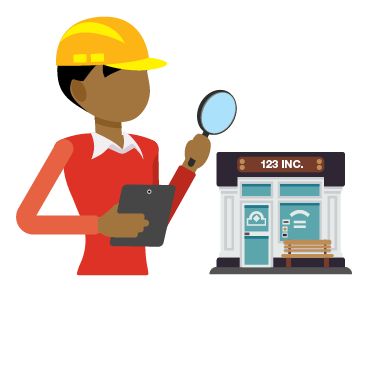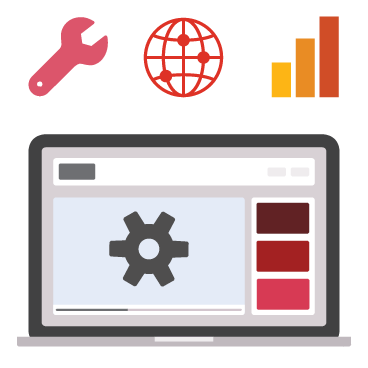Beyond compliance
Organizations can benefit from conducting a tax strategy assessment to determine where they are, where they want to be and how to get there.
By making the tax function more efficient and effective, organizations can redesign, redefine and redeploy tax to be a strategic business asset. Less time and energy spent on document review and manual data manipulation means your highly skilled professionals can focus on providing strategic advice to your business. At the same time, greater access to useful information allows the tax group to defend tax positions, make strategic decisions and engage in richer dialogues.
While companies must adhere to strict regulations on how they handle the information they collect, with the increased volume of data, artificial intelligence and machine learning are helping to solve complex tax challenges. By fundamentally reimagining the technology, people and processes of the tax function, organizations can unlock the power of data and analytics. This informs your decision-making and creates value by letting you better analyze trends, assess risks, make predictions and identify business opportunities.































